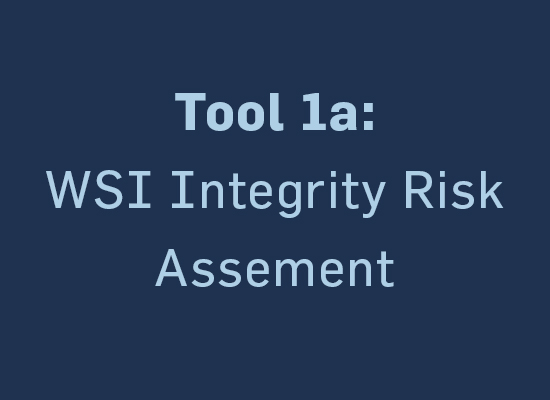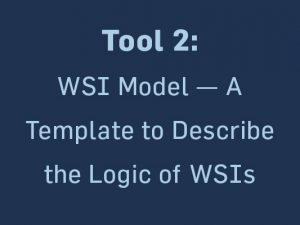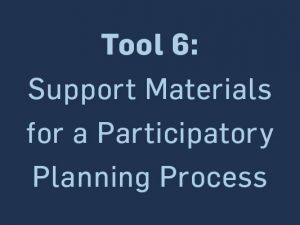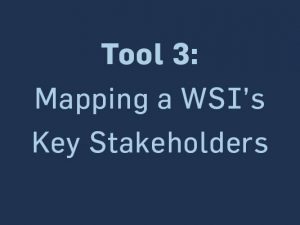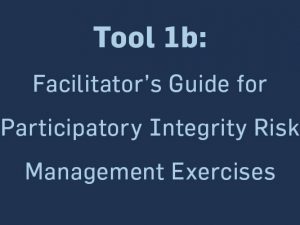| Tool | A guide on conducting a WSI integrity risk assessment that supports identification of the priority risks facing the initiative, and helps evaluate appropriate risk mitigation measures. |
| Related Key Activities | Understanding integrity risks facing WSIs. |
| Purpose | Inventory integrity risks related to the outcomes, participants, and processes that govern a WSI:
|
| Possible Users | WSI initiator(s) or as a group exercise among initial WSI participants; at later phases all affected stakeholders may be involved. |
| Level of Effort | From internal exercise by WSI initiator(s) to comprehensive assessment (e.g., as part of context analysis or general risk management); at the outset of an initiative, risks should be scoped as widely as possible |
| WSI Phase | Especially during 1: Incubation and Initial Analysis and 2: Formalization, but can be beneficial across all WSI phases |
An integrity risk assessment may be carried out at any phase in a WSI, though it will be most beneficial to do in the Incubation and Initial Analysis or Formalization phases, and to review the assessment and efficacy of integrity management throughout the life cycle of a WSI at specific intervals. Although risk assessment can be done as a theoretical, desk-based exercise, it is preferable to increase rigor and ownership by conducting informant interviews with WSI participants and affected stakeholders.
To support prioritized mitigation responses, integrity risk areas emerging through the assessment can be ranked according to the magnitude of the hazard they pose and the likelihood of their occurrence. The nature of each integrity risk area should be elaborated using examples. Options for mitigation should also be set out, drawing on WSI participant and affected stakeholder suggestions. As stated it is likely to be most efficient to address integrity risks as part of a wider risk management exercise for the WSI.
Five steps to guide the development of an integrity risk assessment tool are suggested below:



